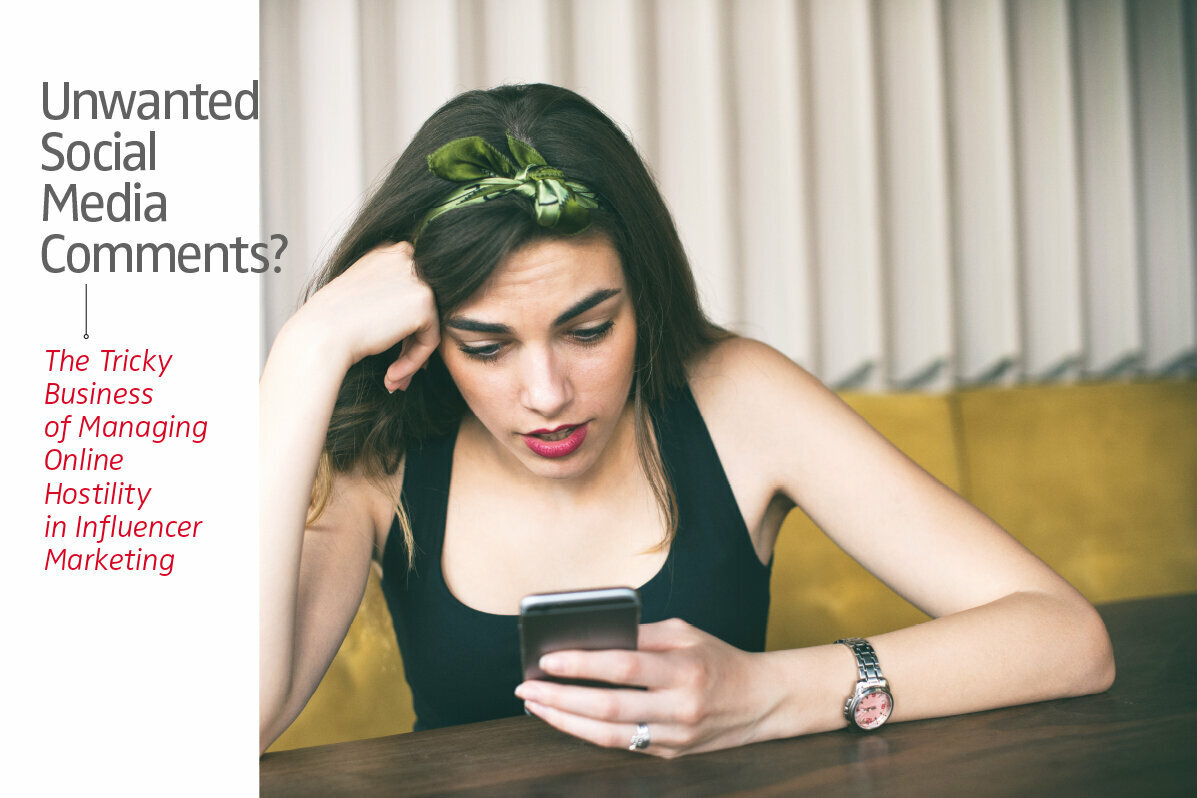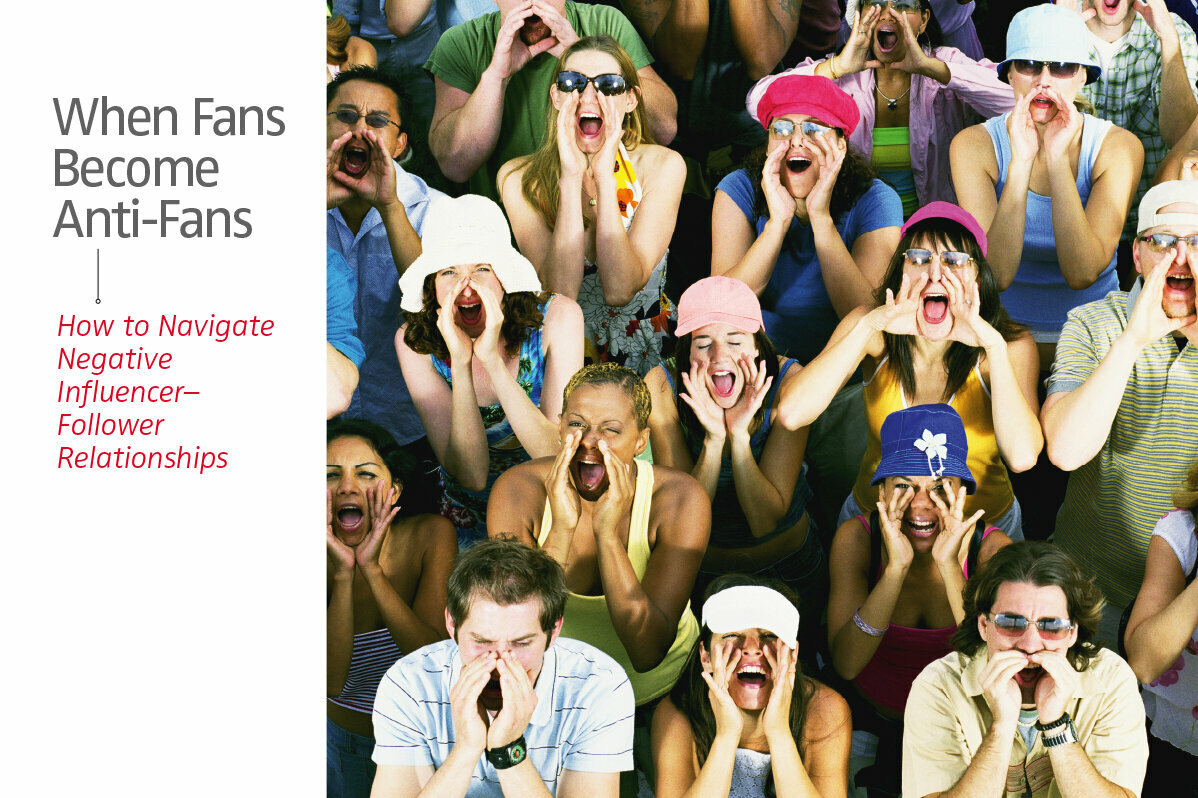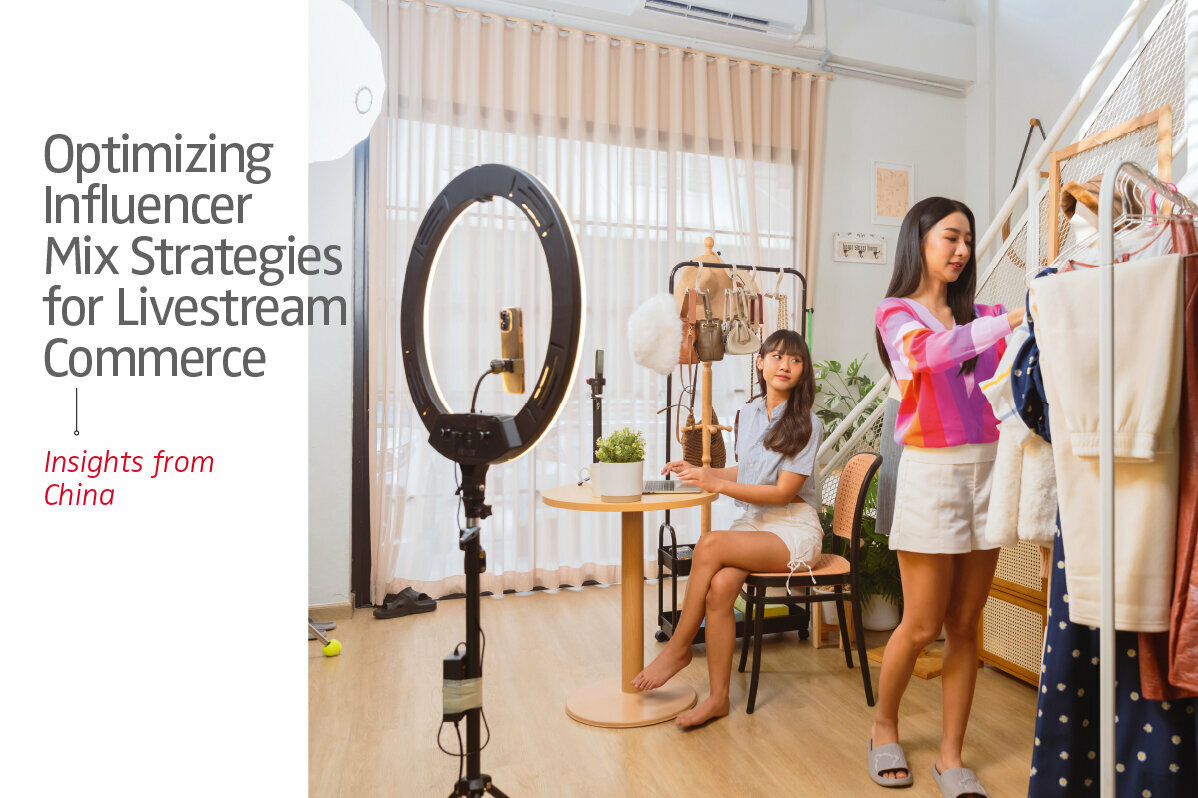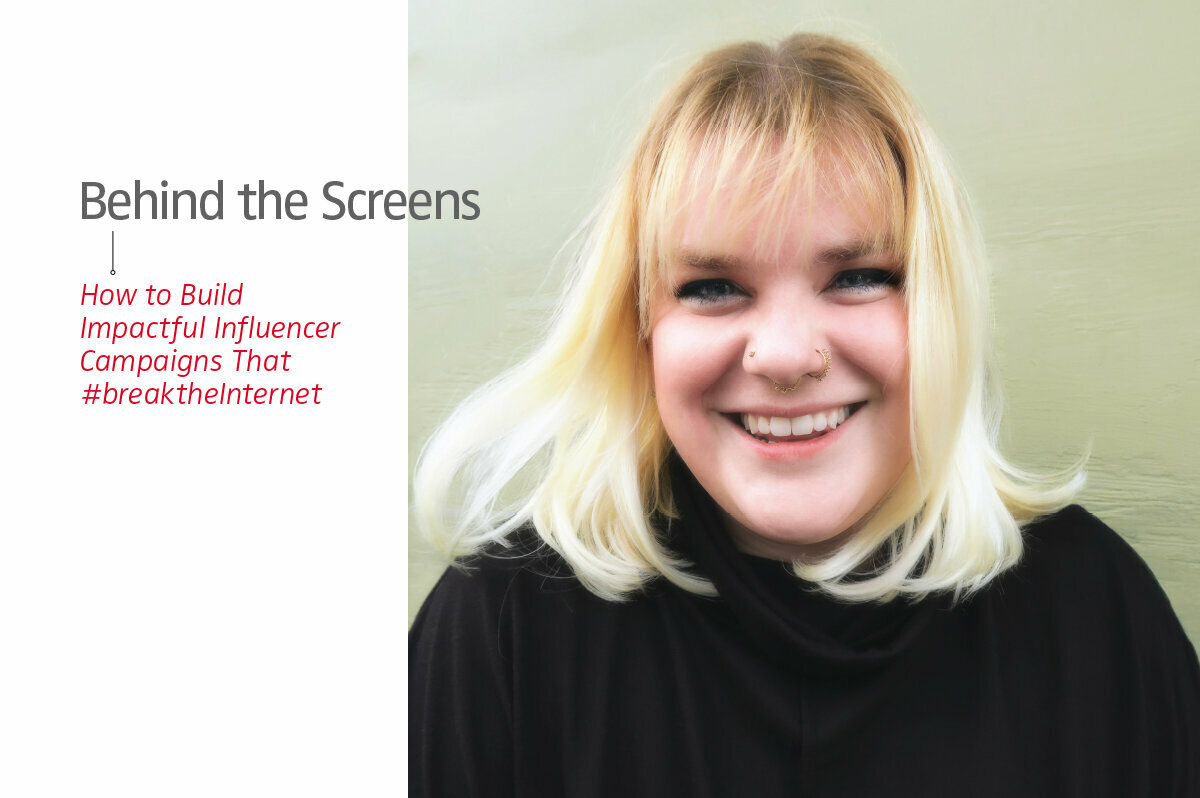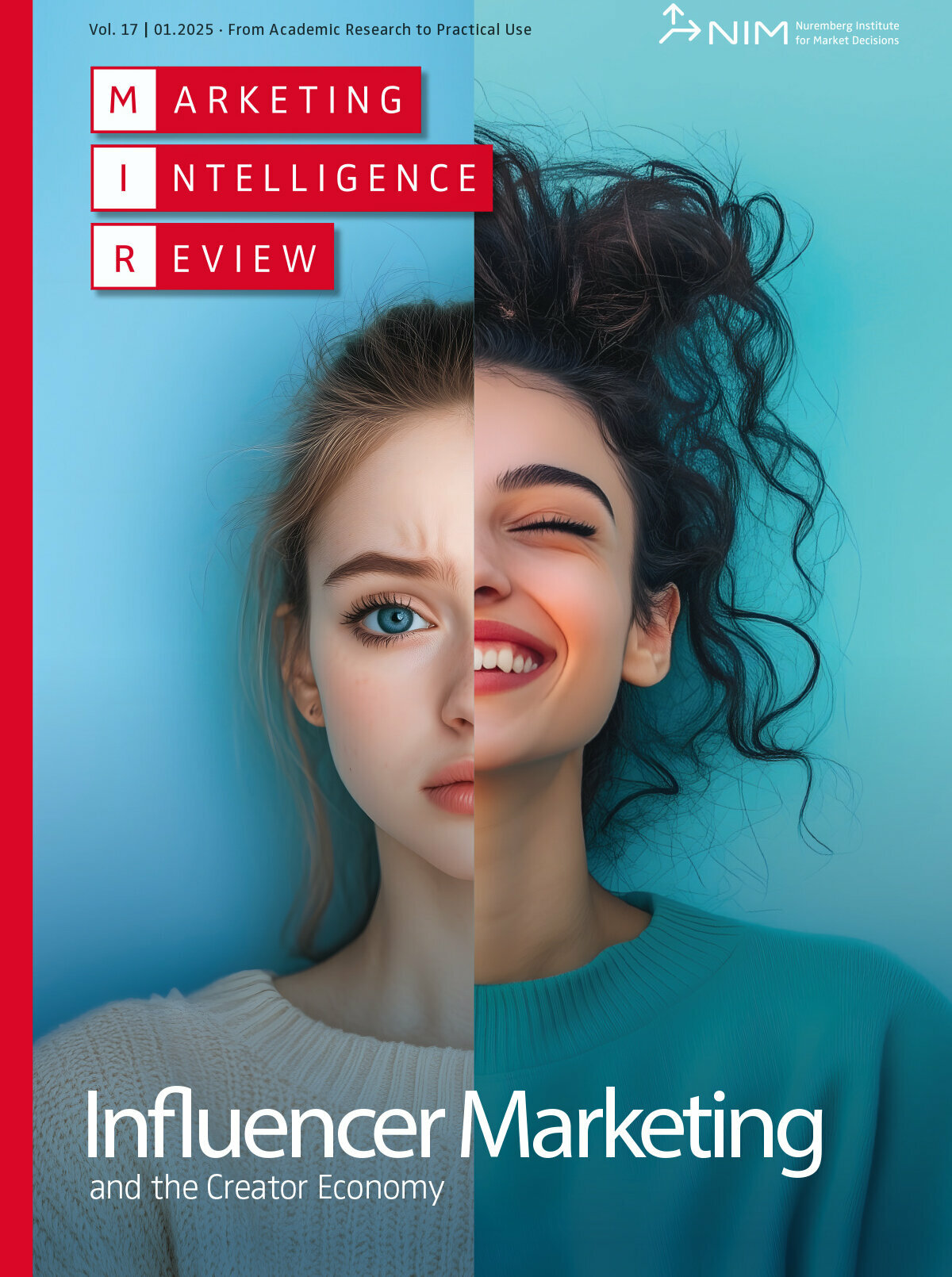When the Product Is You: The (Not So) Glamorous Life of an Influencer
Social media influencer is the new dream job.The creator economy—a subsector of the online marketplace valued at more than USD 250 billion dollars—is reconfiguring culture, commerce and the career economy. Millions of people work as full-time content creators or influencers, and countless more aspire to join them in this entrepreneurial Promised Land. The allure of a social media–born career has intensified in the wake of the global pandemic as workers clamor for greater levels of autonomy, flexibility, and self-fulfillment. A 2024 survey published by influencer marketing agency IZEA suggested that even older adults, ages 18 to 60, are eager to join the influencer ranks.
The world behind the screens can be less glamorous
Despite the seductive promises of freedom, flexibility and creative autonomy, influencer careers are beset with challenges and risks. Over the last decade, while researching the labor required to “make it” in the social media economy, influencers have informed me of some of the oft-overlooked perils of their careers, from economic instability and algorithmic bias to antagonistic expressions normalized as “part of the job.” Figure 1 contrasts the public image of influencer life with often overlooked aspects in two randomly arranged word clouds.
> Economic precarity and platform dependency
While independence is a much-vaunted career ideal, influencers’ status as “independent contractors” means they lack many of the safeguards associated with formal employment: a stable income, paid leave, benefits, training and worker protection. Financial instability is rife, with influencers’ incomes fluctuating wildly based on unanticipated platform changes or marketplace trends. Survey data from LinkTree suggests that the majority of influencers earn less than USD 60,000 per year, with women and people of color consistently paid less than their counterparts. Influencers are also what Thomas Poell, David Nieborg and I refer to as “platform-dependent laborers,” meaning they are bound up with the infrastructures and governance systems of social media companies. Platforms’ enigmatic algorithmic systems inject a high level of instability into influencers’ daily lives, and participants report angst about what one interviewee described as the “algorithmic monsters that [we’re] fighting.”
Despite the seductive promises of freedom, flexibility and creative autonomy, influencer careers are beset with challenges and risks.
> The pressure of maintaining engagement and authenticity
The influencer economy is driven by quantifiable indices of visibility, such as likes, views, shares and follower counts. Influencers are expected to adhere to what scholar Emily Hund and I describe as “the visibility mandate,” wherein participants are compelled to embrace risk by “putting themselves out there.” Crucially, some participants attributed metric growth spurts to their growing willingness to broadcast more intimate, even traumatic, elements of their lives. One participant publicly shared their struggles with sudden unemployment, while another described how she openly shared her childhood experience of losing her mother. The latter influencer credited the disclosure with helping her “connect” with other young women while noting that it also helped her garner more traction. But while social media audiences seemingly gravitate towards projections of “authenticity,” “relatability” and “intimacy,” the line between visibility and personal vulnerability is especially tenuous.
> Online harassment and identity-based hate
The felt obligation to “put yourself out there” amounts to incessant scrutiny and public surveillance. Participants in my research, moreover, reported incivility, hate and harassment, with women, people of color and LGBTQ+ individuals especially vulnerable to these harms. Others reported networked harassment, such as when antagonists would coordinate “hate raids” targeting minoritized streamers. Women in male-dominated spaces, such as sports and gaming, reported higher levels of sexism and hostility. Those in our research shared experiences of trolling, bullying, stalking and death threats. The emotional toll of dealing with such harassment, especially without substantial support from an employer, can be immense. What’s more, the fear of critical blowback can force creators to engage in self-censorship to ward off potential criticism.
> Inadequate support from platforms
Platform ecosystems reward attention and profit from user engagement, but participants report that these companies do little to mitigate the harms associated with such publicity. Given a widespread understanding that algorithms prioritize high-engagement content, it’s perhaps not surprising that some participants believed that platforms incentivize controversial or provocative posts. Hateful comments are equally regarded as a signal of good engagement and a sign that an influencer has “made it,” as my collaborators note in a study on “influencer vulnerability.”
While algorithms work very well in fueling what one participant described as “outrage machines,” influencers report that platform-provided tools, such as reporting or comment moderation features, are rarely adequate. The lack of robust anti-harassment measures or direct support from platforms leaves influencers and creators feeling exposed and unsupported. Career-related norms, moreover, encourage influencers to exhibit resilience in the face of public criticism and backlash. The lack of understanding of what it feels like to “put yourself out there” discourages influencers from voicing emotional strain. At the same time, the emotional laboring demands can be grueling, with several interview participants discussing career-related burnout.
Strategies of influencers to reduce vulnerability
The harms of incivility, hate and harassment that circulate on platforms amount to what other researchers describe as an “occupational hazard.” To mitigate risks, creators rely upon a combination of both proactive strategies that serve as a bulwark against futurenegativity and reactive strategies applied post-hoc, often in response to pastnegative expressions.
> Proactive measures
To safeguard their online presence, some participants in my research with Anuli Ononye and Megan Sawey relied on the protective features provided by platforms. Participants described their experiences with content filtering tools, such as the “hide inappropriate content” feature on Instagram, which enables them to automatically block abusive or harmful language. But while a few study participants expressed gratitude toward tools that enabled them to filter out certain words, others experienced limited success, as seemingly neutral phrases can also be used offensively. One of our interviewees illustrated this with the term “you think”: “No one says ‘you think,’ in a positive way. It’s always, ‘You think you’re so hot; you think you’re so smart.’” In other words, systems designed to mitigate harassment are scarcely fail-proof.Further, some influencers carefully avoid raising controversial or politically charged topics to limit the risk of backlash. But failure to take a stand on controversial issues can trigger just as much hate as referring to them can. Building a trusted team of moderators can help manage interactions, as they can monitor comments and swiftly address malicious activity. Some creators also find it beneficial to engage “sensitivity readers,” who review content for cultural or contextual pitfalls before publication.
> Reactive measures
In addition to using anticipatory measures to mitigate risk, reactive measures are deployed to minimize harm in instances of harassment. While some influencers try to avoid reading hateful comments, others rely upon platform-provided response mechanisms, including flagging and/or reporting systems. However, few of our interviewees found the options provided by platforms wholly effective. In the case of blocking, harassers would, as one participant noted, “just come back and make a new account a few minutes later.”
The responsibility of platforms and brands
As platforms and brands depend on and monetize influencer relationships, they must assume the responsibility of protecting creators from these career-related risks and harms. Platforms play a crucial role in creating a safer environment, but also brands can help reduce the potential emotional and social toll of negative interactions. Figure 2 summarizes what these actors could do.
> What platforms can do
Platforms could adjust algorithms that prioritize harmful engagement or incentivize negative interactions. They could enhance their harassment detection systems, using advanced AI to identify and sanction abuse, hate speech and threats more effectively. Further, improved reporting mechanisms could be established, allowing influencers to report incidents quickly and receive timely assistance. Platforms could consider providing protection mechanisms and resources reserved for content creators. These systems should react faster than the general support channels when adverse dynamics get out of control. Moreover, enforcing community standards through consistent and transparent penalties for violators could discourage harmful behaviors.
> What brands can do
Brands could be aware that influencers’ social media environment can be highly toxic, and that women, people of color and LGBTQ+ influencers face an even higher risk of harassment. Contractual terms should include nonengagement clauses, allowing influencers to distance themselves from harmful interactions or controversies without fearing contract termination. Brand managers could further prefer working with platforms that actively combat harassment and genuinely work on ensuring a supportive environment for their influencer campaigns.
An influencer career may offer unparalleled opportunities for creative self-expression and workplace independence, but the personal toll of such a visible career can be profound. As influencers are transforming various spheres of social life, from health and the environment to news and politics, the promises—and the perils—of the career deserve further attention.
FURTHER READINGS
Cunningham, S., & Craig, D. (2019). Social media entertainment: The new intersection of Hollywood and Silicon Valley (Vol. 7). NYU Press.
Duffy, B. E. (2017). (Not) getting paid to do what you love: Gender and aspirational labor in the social media economy. Yale University Press.
Duffy, B. E., Ononye, A., & Sawey, M. (2024). The politics of vulnerability in the influencer economy. European Journal of Cultural Studies, 27(3), 352–370. https://doi.org/10.1177/13675494231212346
Hund, E. (2023). The influencer industry: The quest for authenticity on social media. Princeton University Press. Poell, T., Nieborg, D. B., & Duffy, B. E. (2021). Platforms and cultural production. Polity Press.



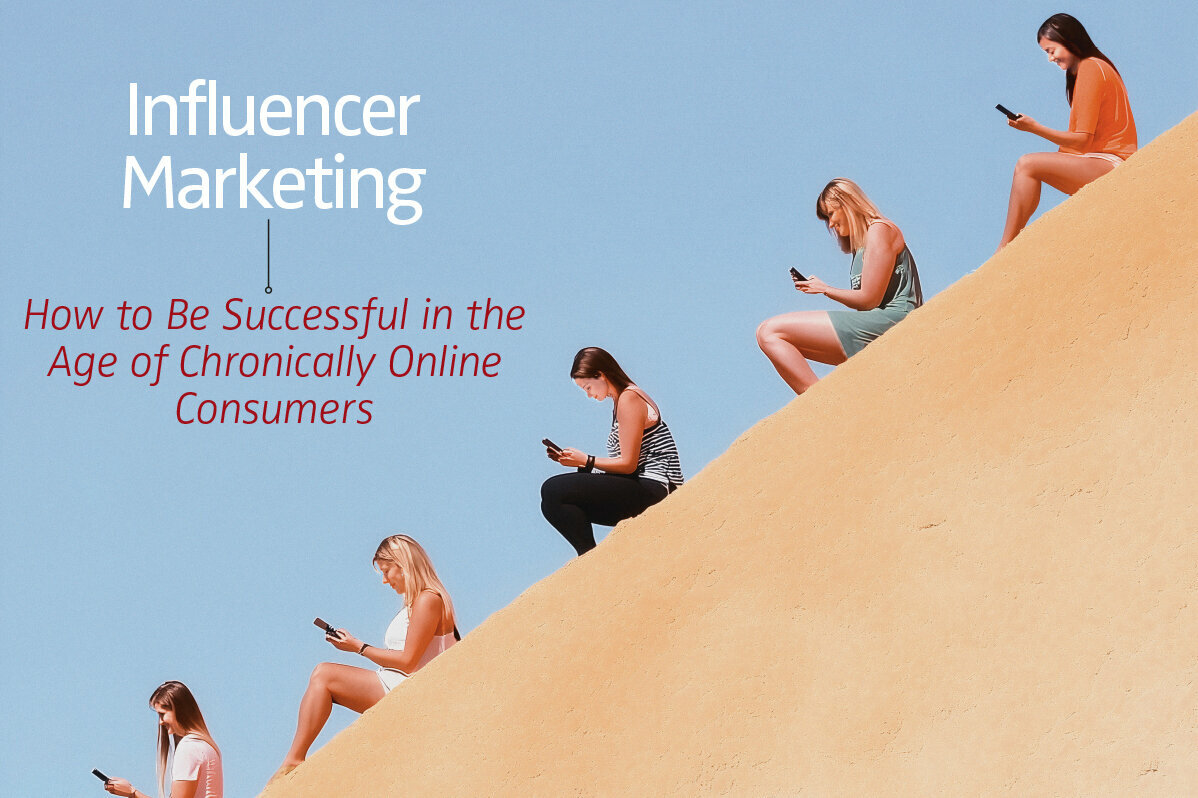
![[Translate to English:] Cover Reosengren ea deutsch](/fileadmin/_processed_/4/8/csm_Startbild_Rosengren_17_1_DE_62e08de5ba.jpg)
